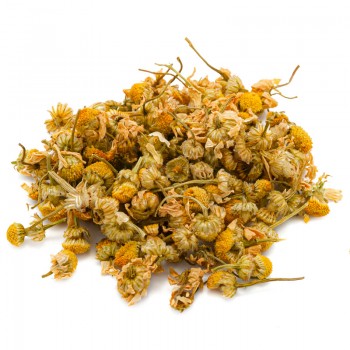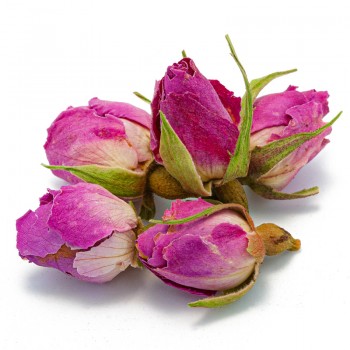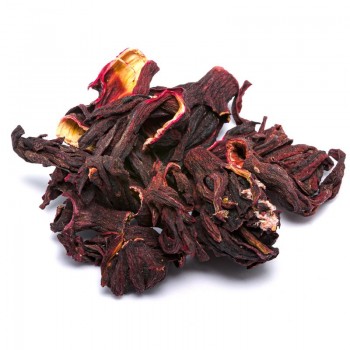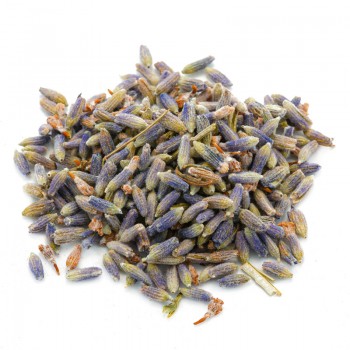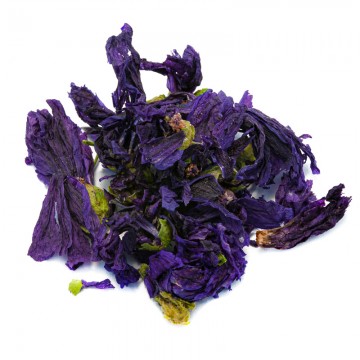Calendula officinalis is a plant that has historically been used to treat various ailments, mainly those affecting the skin, such as wound healing.
The medicinal part of the plant is found in the beautiful orange and yellow flower, which can also make various properties available for our well-being, in the form of herbal tea.
Calendula flowers: properties and benefits
The colored petals of the flowers are rich in flavonoids, which are natural compounds that have natural anti-inflammatory and protective properties for our cells.
The active ingredients of the calendula flower are substances such as triterpene saponins, triterpene alcohols, and flavonoids (quercetin and isoramnetin).
These elements have been studied for their ability to improve collagen synthesis in the skin, and thus form new tissues. A healing property, useful in healing wounds and inflammations, but often available for external application.
The herbal tea, on the other hand, has antioxidant properties that are always beneficial for the skin , which favor its brightness and give a ' anti-aging action .
The whole calendula flowers can be used in herbal tea for the body, giving their diuretic and purifying properties.
These characteristics contribute to normalize the gastrointestinal system, and are combined with those of protection of the gastric mucosa. Calendula works by eliminating inflammation that can cause ailments such as gastric reflux or stomach acid.
In particular, it can relieve the symptoms of colitis, with ulcers in the digestive tract.
The effects of marigold flowers are also laxatives, useful for those suffering from constipation.
These purifying peculiarities of the flowers also help protect the liver, and in cases of cystitis.
The calming and antispasmodic abilities of the herbal tea, which combine with the purifying ones, also favor the regularity of menstruation, counteract abdominal cramps and help correct sweating.
Thanks to the abilities that calm muscle spasms, the calendula infusion gives benefits such as calming, useful in case of stress, insomnia and palpitations. In folk medicine, the marigold bath calmed the nerves and strengthened the muscles, relaxing involuntary contractions.
The antiseptic properties of calendula are also useful for the well-being of the oral cavity, canker sores and gingivitis. Even if you have a cough or congestion, these flowers help soothe the irritation.
Regular consumption of calendula flowers in herbal tea can help as a natural anti-inflammatory to soothe some symptoms of gout, arthrosis and rheumatism.
Thanks to beneficial antioxidants such as beta-carotene, this herbal tea can help improve vision.
Origins and History of cultivation
The calendula plant (Calendula officinalis), is a plant whose exact origin is unknown.
It probably originated in southern Europe, and has spread over time across the continent. Today it is cultivated in many countries, even in the temperate or warm regions of the planet.
Marigold flowers have always been appreciated for their colors ranging from bright yellow to intense orange.
In colder climates, these flowers appear for a long time from summer to fall.
It grows spontaneously or is cultivated in flower beds for the beauty of the flowers, with a shape similar to daisy or chrysanthemum, used in ornamental compositions or gardens.
The name of the genus comes from the Latin word calendae which means the first day of the month (it could bloom every month, almost all year round). While the word officinalis makes clear its vocation for phytotherapy (the plants that were sold in apothecary workshops for their medicinal properties).
The marigold was also referred to as one of theerbae solaris, since the opening and closing of the flower occurs with the passage of the sun.
Also, if you don't in the morningflowers open, it is possible that it rains during the day.
Some parts of the marigold are also known because they can be used in cooking. The flowers and leaves have a slightly bitter taste, but are edible and can be added fresh or dried to soups, salads or rice dishes. They stand out for both color and taste - it was also a substitute for saffron.
It was indicated in the eighteenth century as an appetite stimulant, a mixture of marigold flowers and vinegar.
It is a plant known for the oil that is obtained by infusing the flowers in a carrier oil (such as olive oil).
It thus becomes a famous ointment or soothing balm for the skin, used for centuries.
In ancient times, flowers were also used as dyes for fabrics.
Plant and flowers
Calendula officinalis is an annual and perennial plant, part of the Asteraceae - Compositae family and comes from the Asterales order.
It is easily cultivated in fairly fertile soils, well drained and in full sun. It can be planted in flower beds, borders, home gardens, and in pots.
It grows more or less up to 80 cm in height. It has a tap root and a branched stem covered with hair.
The green leaves attract butterflies for their intense aroma, while the flowers are yellow-orange and appear all year round, when the climatic conditions are favorable.
Marigolds are used as food plants for some larvae, including the moth.
Nutritional values of Marigold Flowers
Marigold flowers contain excellent amounts of antioxidants, including flavonoids and carotenoids (beta-carotene / vitamin A), essential oils, mucilage and bitter principles.
In addition, they make available fatty acids useful for our well-being (linoleic and calendic acid), and substances such as sterols, triterpenes and lutein.
How to use Marigold flowers in herbal tea
The infusion of Calendula is obtained by putting in a cup (250 ml), about 3-5 grams of dried flowers with water at 100 ° C.
Leave to infuse for 5 to 7 minutes, before drinking the herbal tea.
Add honey or sugar if desired.
Marigold flowers: side effects and contraindications
Calendula is considered a safe medicinal herb, but it is good to respect the recommended doses.
Due to the action of calendula as an emmenagogue, it should not be used during pregnancy and is also not recommended during breastfeeding.
Being part of the Ambrosia family, marigold can rarely cause problems for some people who are allergic to these plants, or to Asteraceae.

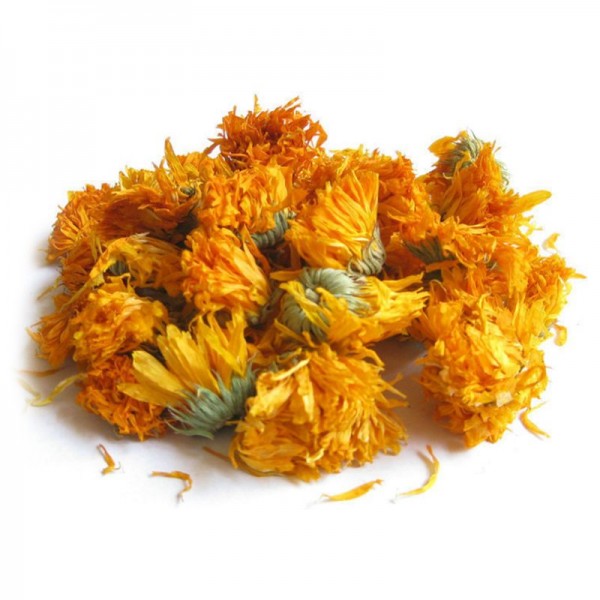









 No reward points for this product.
No reward points for this product.
